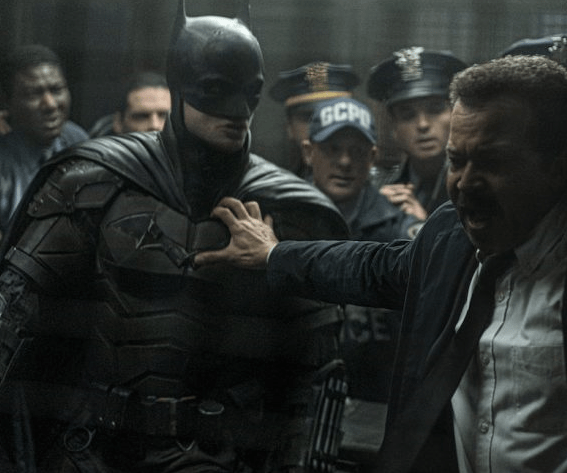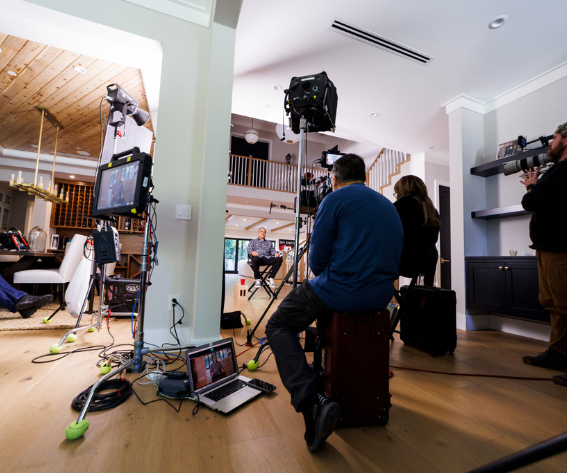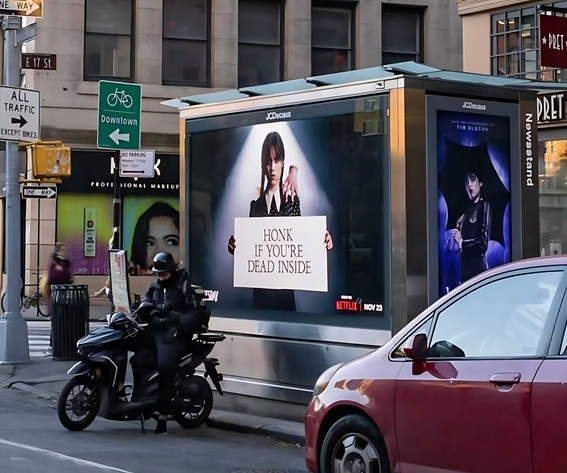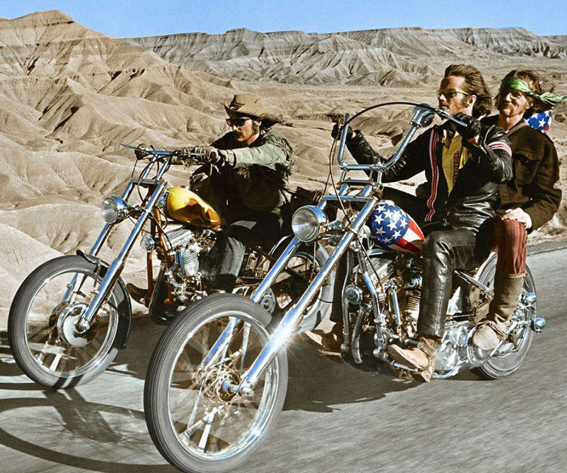The announcement of Matt Reeves’ The Batman was widely met with cries of ‘Do we need another Batman.’ While it can’t be denied that Nolan made a truly epic trilogy for the Dark Knight, it’s always fair to take a new movie on its merits rather than those of its predecessor. Let’s take a look at how they stack up to each other.
The Grim Reality
Nolan’s trilogy took great pains to sell us some realism through grit and grimness. Sure, we still have men jumping off of tall buildings and surviving, but it’s a clever use of a stripped-down aesthetic that tries to keep it accurate.
The Man
It’s hard not to see similar sets in both movies initially. However, the evolution of Batman himself manages to be wildly different. Bale closely echoes Batman from the comics – a little more centered mentally with a stronger moral compass. Yes, there is bubbling rage there, but Bale’s Batman sometimes comes out from behind the mask and has a grander purpose with a noble vision.
Pattinson, however, doesn’t have that same sense of grandeur. He seems hopeless and broken. There’s no camaraderie and smiles with Alfred. Instead, we see a stranded and traumatized man with little larger ambition – until the last few minutes of the film, at least. He’s morally more straightforward, and there’s a good reason they abandoned the comic Batman’s eccentric playboy airs.
So Bale lands closer to the comics here. However, in the trilogy, we also see him acquire a Q-like figure in Lucius Fox, and he’s more reliant on allies in general. He even onboards the Gotham police to save the day.
The more isolated Batman Pattinson produces more strongly echoes the comic books’ methodology for Batman. He has Alfred and little else. He’s self-reliant and more low-key. He sticks to the shadows and brings a tiny bit more authentic touch in this way than the superhero take on the character.
The Villains
Batman’s villains are both iconic and beloved. Nolan worked hard on making them ‘realistic,’ too. But they never really lose a sense of the stage, either, being consummate entertainers. Think of Heath Ledger’s near-Rockstar, but also twisted, Joker. They echo real-life political tensions, settings, and crimes.
Reeves shies away from such barely-veiled topicality but keeps the reality. It’s not hard to spot the parallels between Riddler and the Zodiac Killer, for one. He strips some of the theatricality and ‘coolness’ from the Nolan villains. Sadly, the Penguin is a scenery chewer but also pathetic. You get more of a sense of recurrence and interconnection in the villain cast than with Batman. We could argue this is for good, but it sets up the end spectacles of the ‘Big Bad’ as poorly developed and somewhat rushed, unfortunately.
The Butler
Batman’s parent’s death has always been a cornerstone of the Batman story. Their loss weighs heavily on both versions of the character. And when it comes to Alfred, it’s hard to beat Michael Caine’s take on the character. He’s a retired soldier of fortune and an all-around badass. He’s a surrogate father, a valet, and a confidant.
The Reeves interpretation seems underdeveloped in contrast, though it’s too early to know if this is by design. Yes, he has some military ties to mine, and he’s a great butler- but there’s none of that fatherly comradery.
The City
The Nolan trilogy did something fairly seminal with Gotham itself. They made it more believable as part of a broader international landscape than in previous films’ city-state’. There’s less sense of decay and more urban freshness. It has a global presence. It has hope and a future instead of just being a corrupt hellhole.
Reeves brings us a more isolated Gotham, with little sense of an international scene. Like its protagonist, it has doom and gloom in spades. It is menacing. Which you prefer depends on you, but they’re notably different in vibe.
The Woman
Catwoman is, of course, another iconic part of the Batman universe. The trilogy and the Reeves film redevelop her as more of an antihero than a true villain. They actually come over as somewhat similar, and both draw heavily on Selina Kyle’s characterization in the graphic novel Batman: Year One. Down to their motorcycle riding habits.
Kravitz, however, gets so much more time to develop than the already-accomplished Hathaway ever does. Hathaway is jaded and worldly and echoes the 1940s interpretation a lot. But she lacks authentic rapport with Batman.
Kravitz seems more realistic. Her hair isn’t perfectly coiffed as she burgles. She wears protective gear on her motorcycle. And she’s still raw and learning. She seems achingly normal and relatable. And she and Pattison get a lot more time to collaborate, explore, and develop a believable relationship. Their attraction is more credible, and she’s grounded and rather appealing.
Who Did it Better?
As always, this is an open-ended question. Reeves’s movie has the heir of a dramatic neo-noir crime flick with mystery. The Dark Knight Trilogy has more epic proportions. So if you love your drama and splashy scenes, there’s no question it wins.
However, Batman brings a compelling kind of flawed realism to the table. It’s less commercially appealing and more grim and relentless. But his subsequent development feels more powerful.
In the end, there’s much space for Batman to develop as a series and take the character very far. It has a lot of potential to bring a completely different series to the Batman family and possibly create something at least as memorable as the Dark Knight trilogy if well handled. With only one movie in the can, it’s hard to say if it will live up to that promise, but at least the groundwork is there for a fresh and exciting take on the Batman story. Even though we rather suspect the Dark Knight will never be unseated totally, it could, at the least, become a worthy successor for a new generation. We will have to wait and see.









Leave a reply